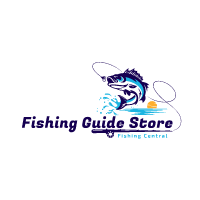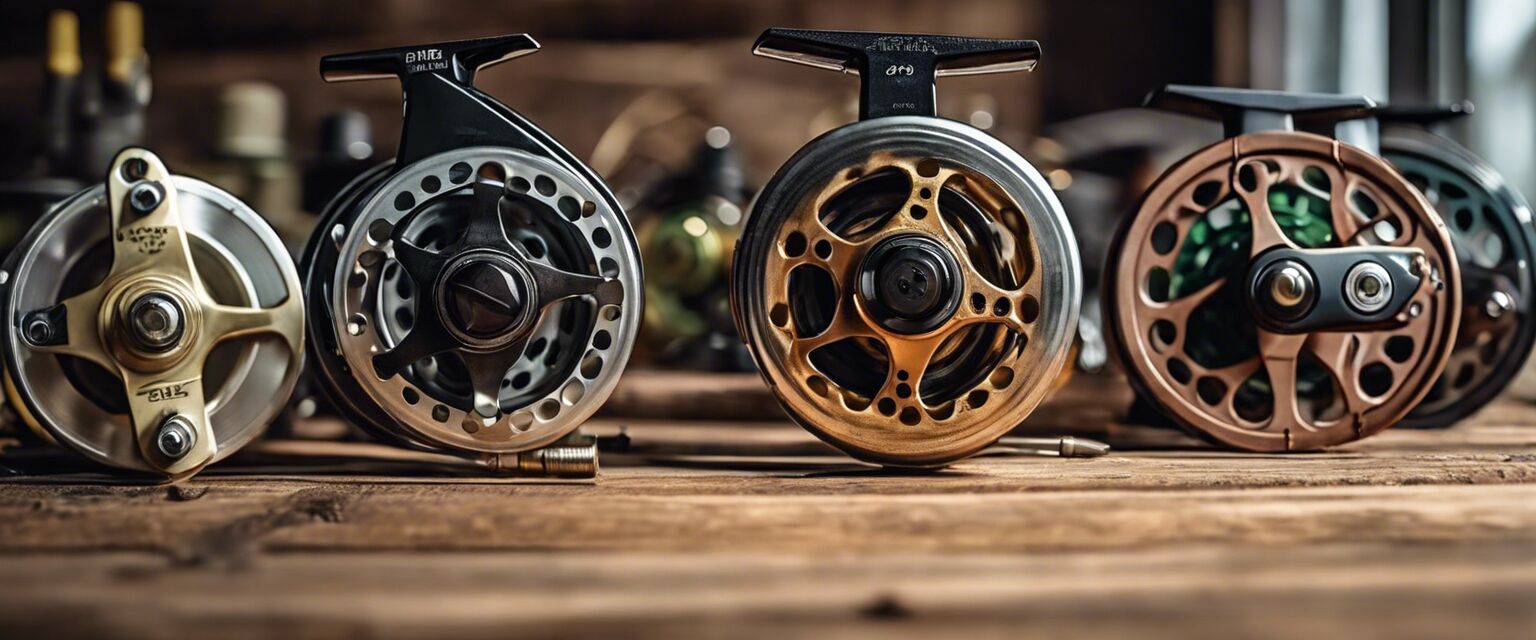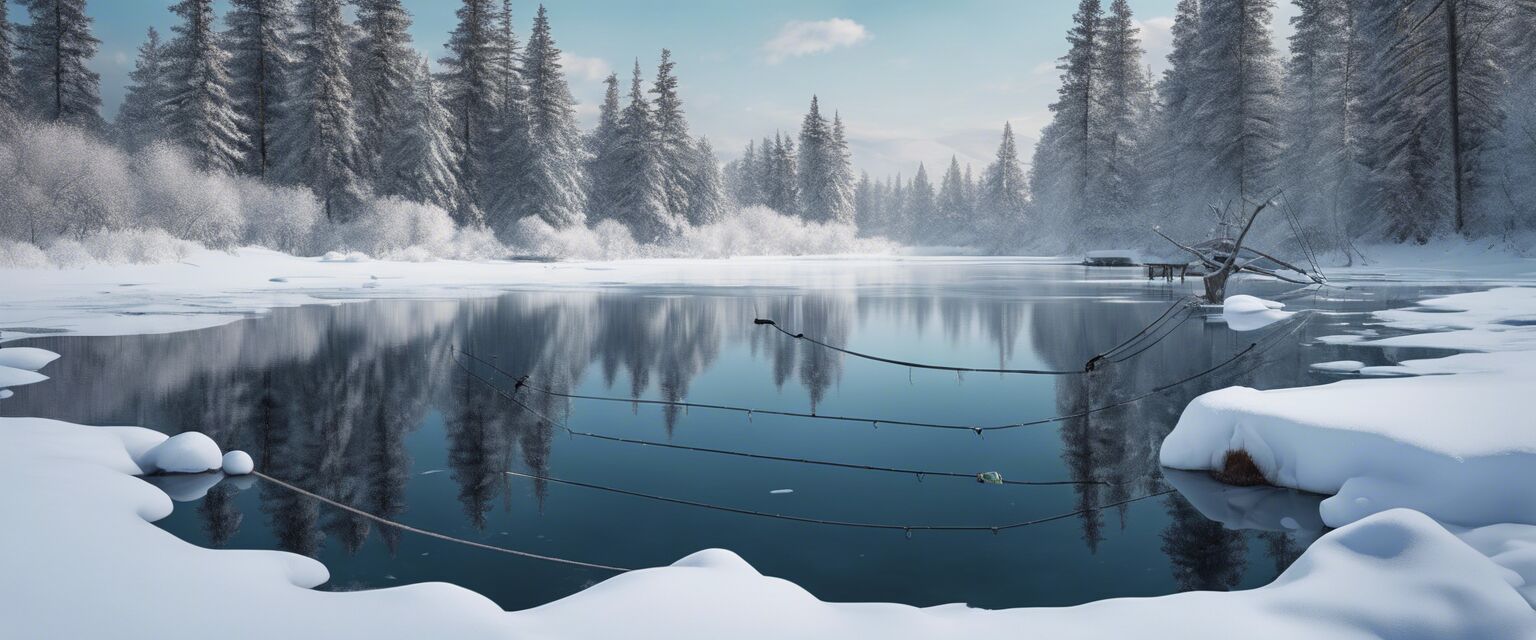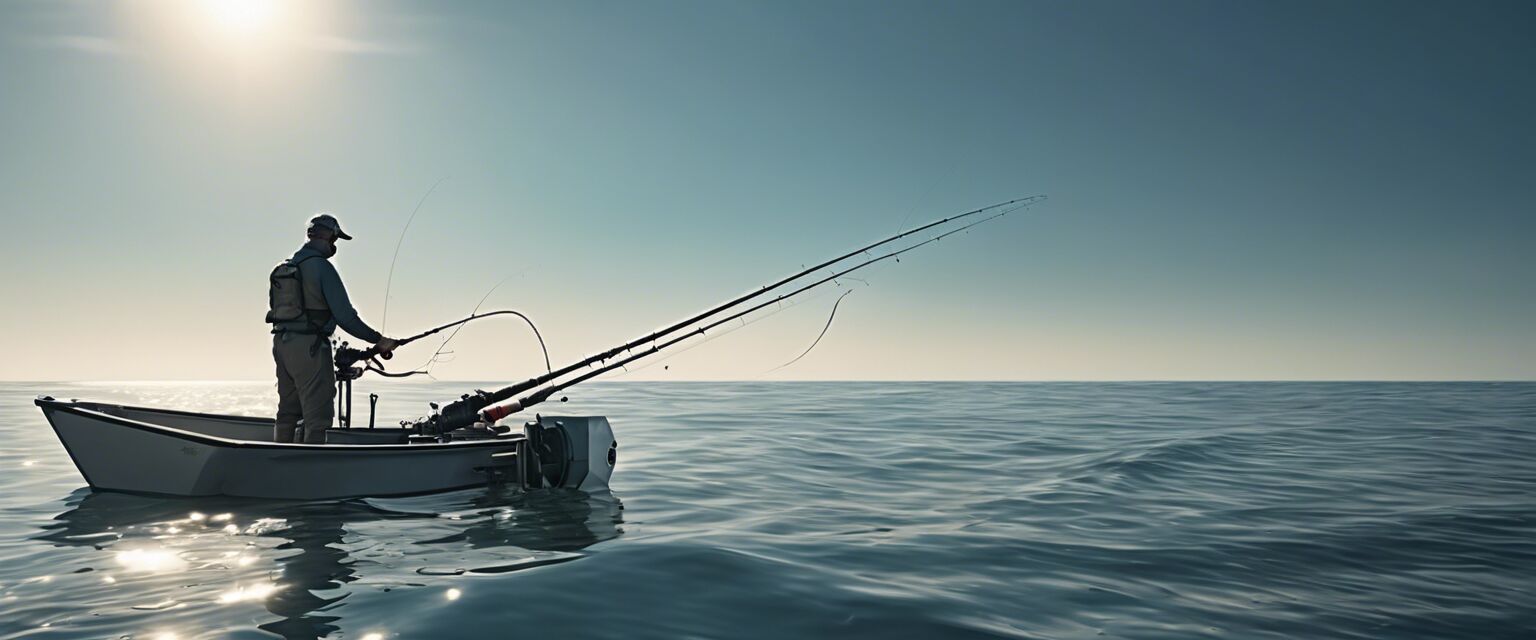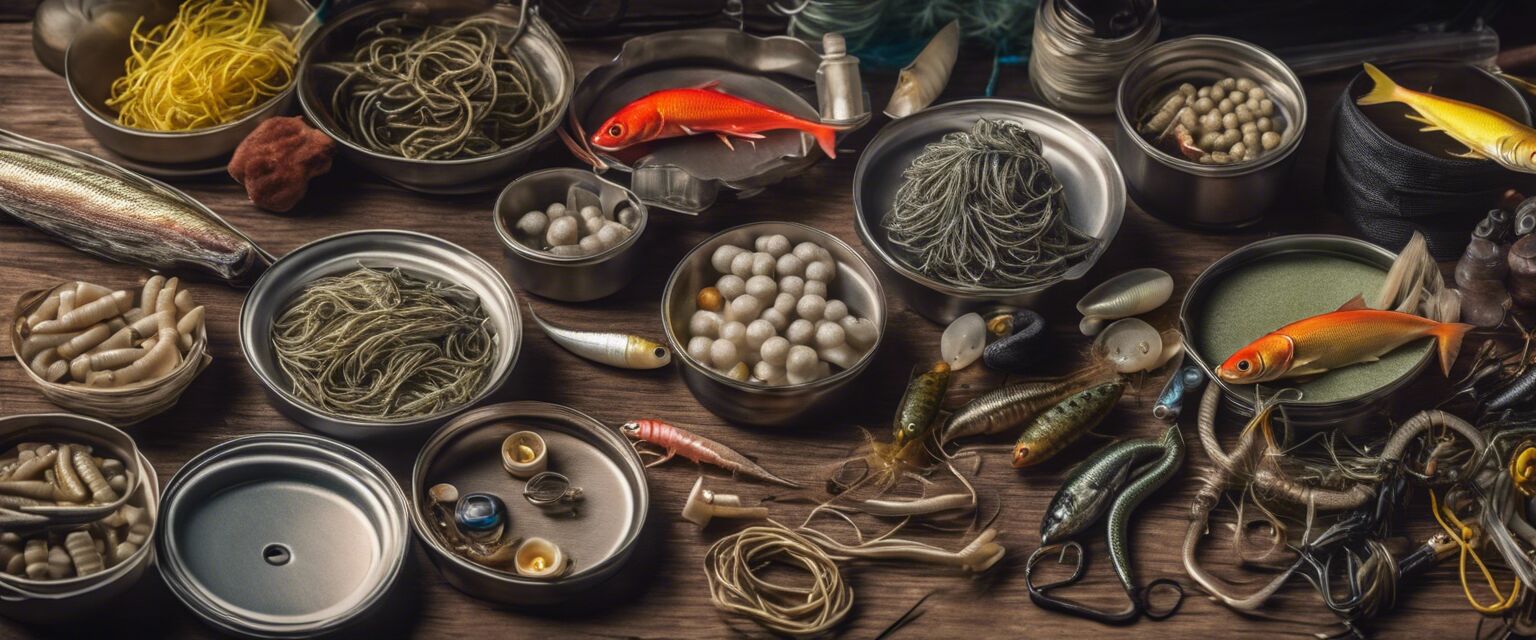
Fishing Tackle
Key Takeaways
- Fishing tackle is essential for any fishing trip, including rods, reels, lines, and lures.
- Understanding different types of tackle can enhance your fishing experience.
- Choosing the right tackle depends on the type of fish and fishing conditions.
Fishing tackle is a broad term that encompasses a variety of equipment needed for fishing. From rods and reels to lines and lures, each component plays a crucial role in the fishing experience. In this guide, we will explore the different types of fishing tackle, their specific uses, and what to consider when selecting the right gear for your next fishing adventure.
Types of Fishing Tackle
Fishing tackle can be categorized into several main types:
| Type of Tackle | Description | Common Uses |
|---|---|---|
| Fishing Rods | A long, flexible rod used to cast and reel in fish. | All types of fishing, from freshwater to saltwater. |
| Fishing Reels | A device for winding and storing fishing line. | Essential for catching fish effectively. |
| Fishing Lines | Strong, thin line used to catch fish. | Varied thickness and strength based on fish type. |
| Bait and Lures | Items used to attract fish. | Different types for various fish species. |
| Fishing Accessories | Additional tools and equipment for fishing. | Enhance convenience and effectiveness. |
Fishing Rods
Fishing rods come in various lengths, materials, and actions, which can affect your casting ability and the sensitivity of the rod. Hereâs a quick overview of the types of fishing rods:
- Spinning Rods: Great for beginners, versatile for various fishing techniques.
- Baitcasting Rods: Ideal for experienced anglers targeting larger fish.
- Fly Rods: Specialized for fly fishing, allowing for delicate presentations.
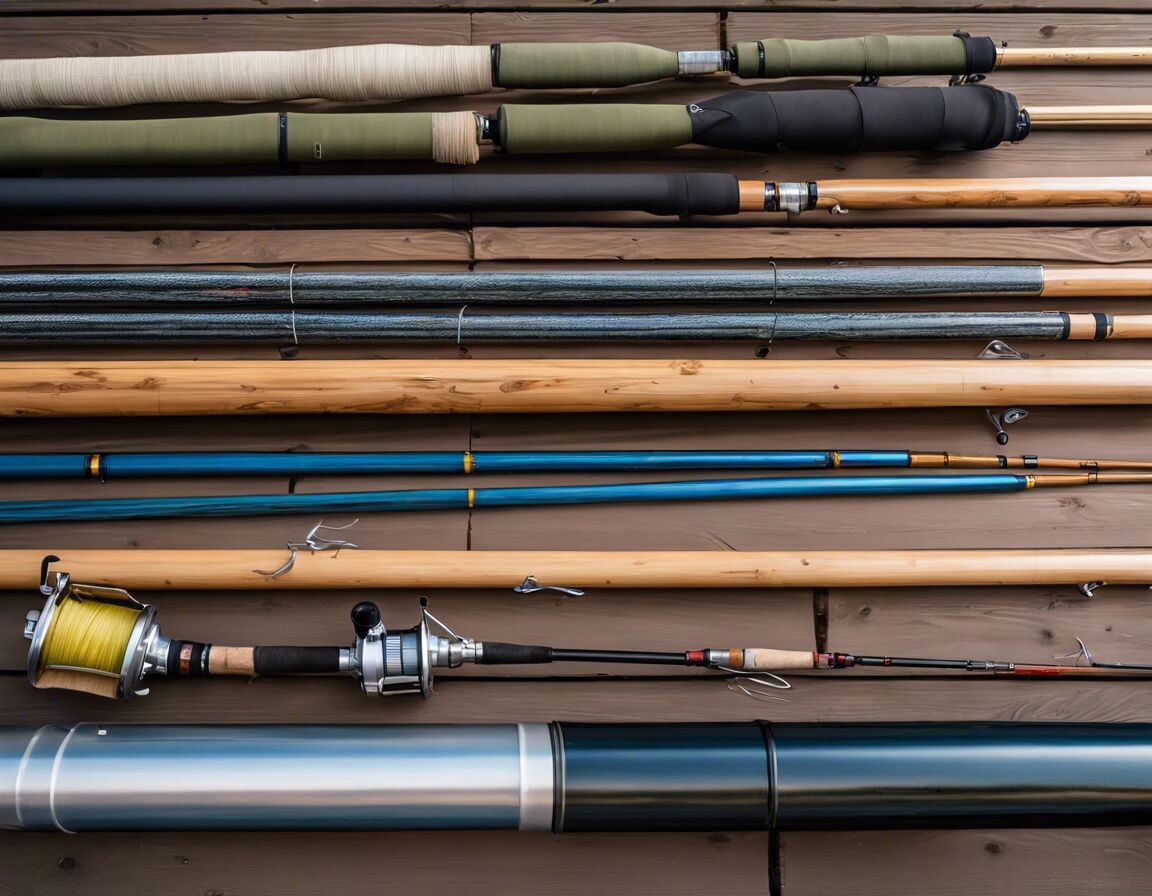
Fishing Reels
Fishing reels are crucial for managing your line. The two main types are:
- Spinning Reels: Easy to use, perfect for beginners.
- Baitcasting Reels: Offer more control and precision but require practice.
Fishing Lines
Choosing the right fishing line can determine your success on the water. Here are the main types:
| Line Type | Description | Best For |
|---|---|---|
| Monofilament | Single strand, versatile, and forgiving. | General fishing conditions. |
| Braid | Multiple strands, incredibly strong and thin. | Heavy cover fishing. |
| Fluorocarbon | Virtually invisible underwater, excellent sensitivity. | Clear water conditions. |
Bait and Lures
Bait and lures are designed to attract fish. Here are some options to consider:
- Live Bait: Worms, minnows, and insects.
- Artificial Lures: Crankbaits, jigs, and spinnerbaits.
- Flies: Used in fly fishing, imitating insects and small fish.
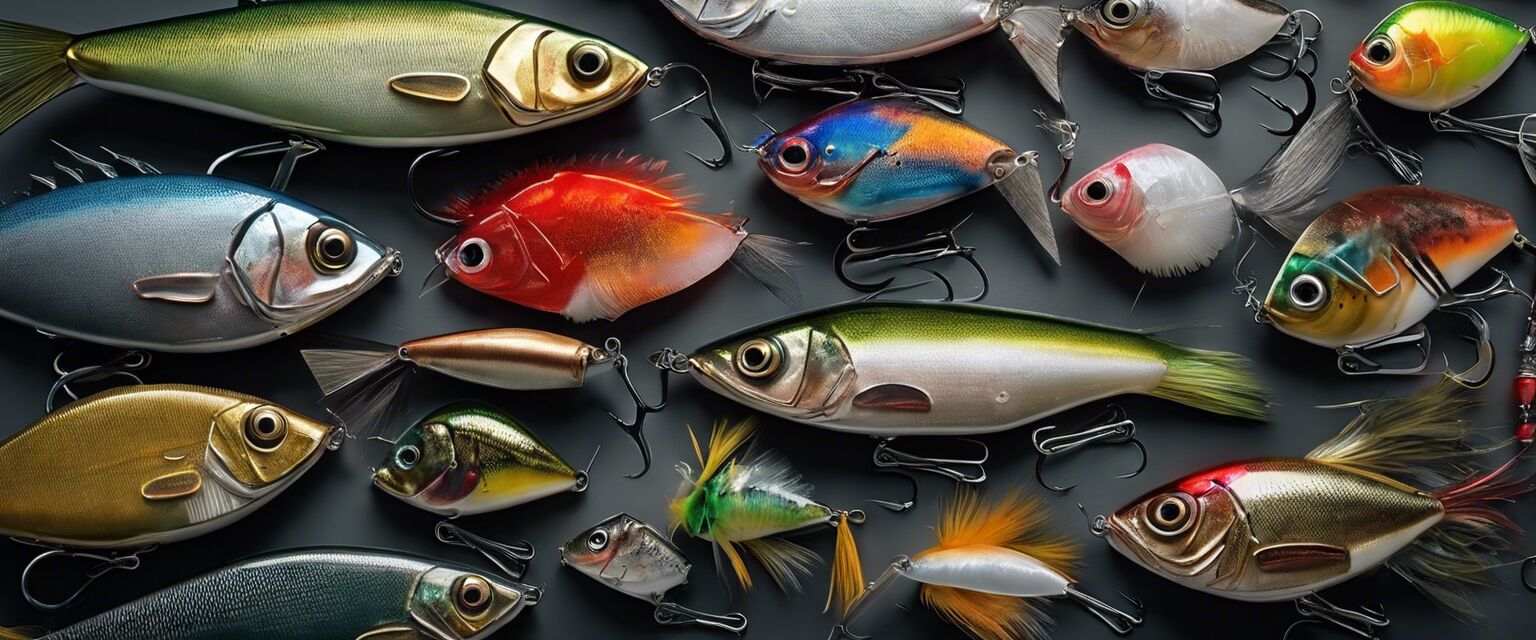
Choosing the Right Tackle
Selecting the right fishing tackle depends on several factors:
- Type of Fish: Know what species you are targeting.
- Fishing Environment: Freshwater vs. saltwater can influence your choices.
- Personal Skill Level: Beginners may want to start with simpler equipment.
Fishing Accessories
Fishing accessories enhance your overall experience. Some essential accessories include:
- Fishing tackle boxes for organized storage.
- Fish finders for locating fish.
- Landing nets for safely catching fish.
- Tools for cutting lines and removing hooks.
For more information on these accessories, check out our Fishing Accessories section.
Conclusion
Having the right fishing tackle is crucial for a successful fishing trip. Understanding the different types of tackle, their uses, and how to choose the right equipment will not only enhance your fishing experience but also increase your chances of a great catch. Dive into our Fishing Tackle collection to find everything you need!
Pros
- Wide variety of options to suit different fishing styles.
- Quality tackle can significantly improve fishing success.
- Modern tackle technology enhances performance and ease of use.
Cons
- Can be expensive to get started with high-quality gear.
- Overwhelming choices can confuse beginners.
- Maintenance is required to keep tackle in good condition.
Tips for Beginners
- Start with a basic rod and reel combo to get a feel for fishing.
- Join local fishing clubs or communities for support and advice.
- Always check local regulations regarding fishing gear and seasons.
